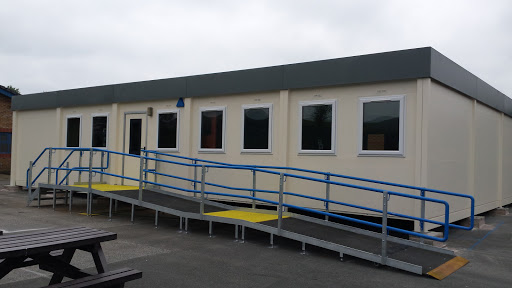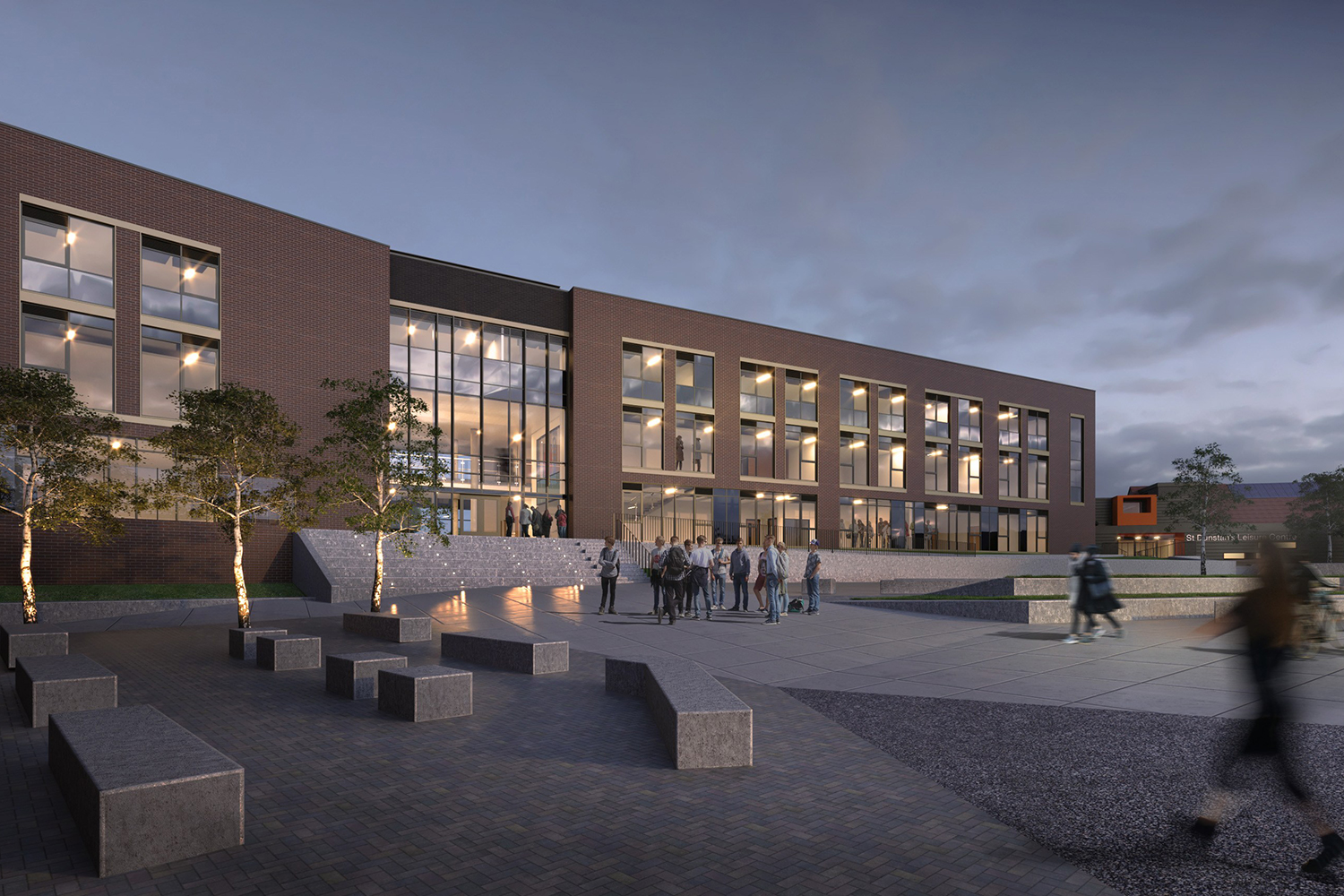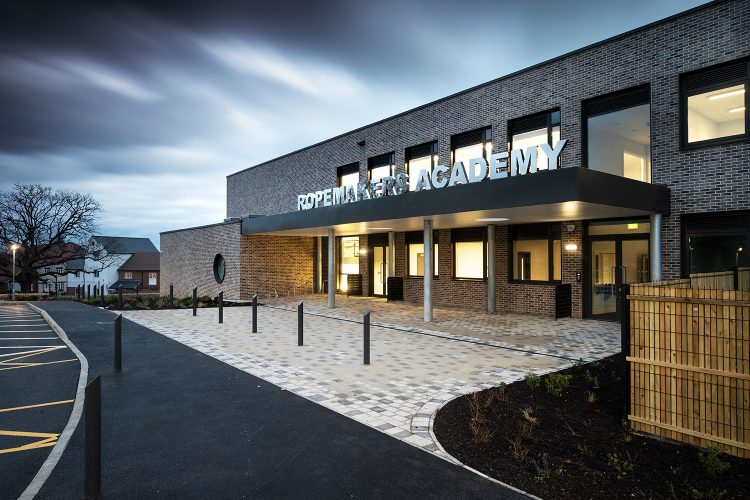Schools, colleges and universities are not only places where young people spend most of their time, but they are also spaces where potential comes to flourish and achievement is expected.
Recognition from the government of the need to invest in the education sector came to a head when the Building Schools for the Future initiative was launched, promising total rebuilds for every rundown comprehensive in England. Although scrapped in 2010, the project was widely described as the biggest school building programme since Victorian times and aimed to provide inspirational buildings and state of the art facilities to bolster student outcomes. Although far from a direct replacement, a 10 year school multi-wave modernisation plan was announced by the government last year, reigniting conversations of what 21st century schools should, and could, look like.
As a firm which works heavily in this space, we’ve been thinking about this too.
Nationally, schools are getting bigger amid rising student numbers. Our growing population means that schools originally built for 500 students in the 1950s are now having to accommodate up to 900 students, sometimes more, many of whom have experience of learning in ‘temporary’ mobile classrooms which evidently have become not so temporary.

As the first wave of the modernisation plan begins to translate into new or renovated school buildings, it’s clear that what defines a fit-for-purpose school continues to change. A greater appreciation for the mental wellbeing of students has, quite rightly, somewhat replaced the aggressively narrow focus of exams and league tables, resulting in spaces which are lighter, more open and built for communal learning.
Education is about more than just learning specific subjects and leaving with good grades. The years spent at school directly influences the minds of tomorrow, and the setting in which this happens truly matters. New buildings should be well presented, welcoming and uplifting, providing a sense of ownership and pride for pupils and staff. In 2016, research carried out by the RIBA, Better Spaces for Learning report demonstrated that good school buildings have a significant and positive impact on pupil behaviour, wellbeing and attainment. Like any inhabited environment, the setting directly impacts how you feel, and this is crucial when ambition and achievement are central to a buildings purpose.

It’s also strategically valuable to ensure practical and sustainable design in school buildings, something which we at Lyons O’Neill relentlessly seek to achieve. Last month, it was announced by the department for education that the estimated cost for school repairs and maintenance on poorly designed buildings is in excess of 11bn. And it’s not only financially damaging. One in five teachers have considered quitting because of the condition of school buildings, and prior to redevelopment, nearly half of teachers feel that the schools they currently teach in are too small, reflecting the urgency for more open space and larger classrooms.
An important part of our work is ensuring that buildings are safe and structurally sound, allowing us to capitalise on our knowledge of the functionality of schools to ensure they are delivering on much more than just effective infrastructure. Our combination of a design-led practice, transparent communication and creative flair results in school buildings which meet the criteria of what is expected of a modern place of learning.
Most recently, we were thrilled to have been nominated for the Constructing Excellence SECBE award for Building Project of the Year, following the completion of St Nicholas SEN School in Croydon.

Overall, successfully developing modern school buildings which meet the needs and expectations of students, teachers and communities is achieved through recognising what is important right now, and anticipating how the educational landscape will continue to shift in the future.
At Lyons O’Neill, we are proud to encourage all of our engineers to approach projects with a visionary eye and a listening ear, to make sure that the schools we work with achieve the facilities and adaptability they require to provide a first class, 21st century education.

